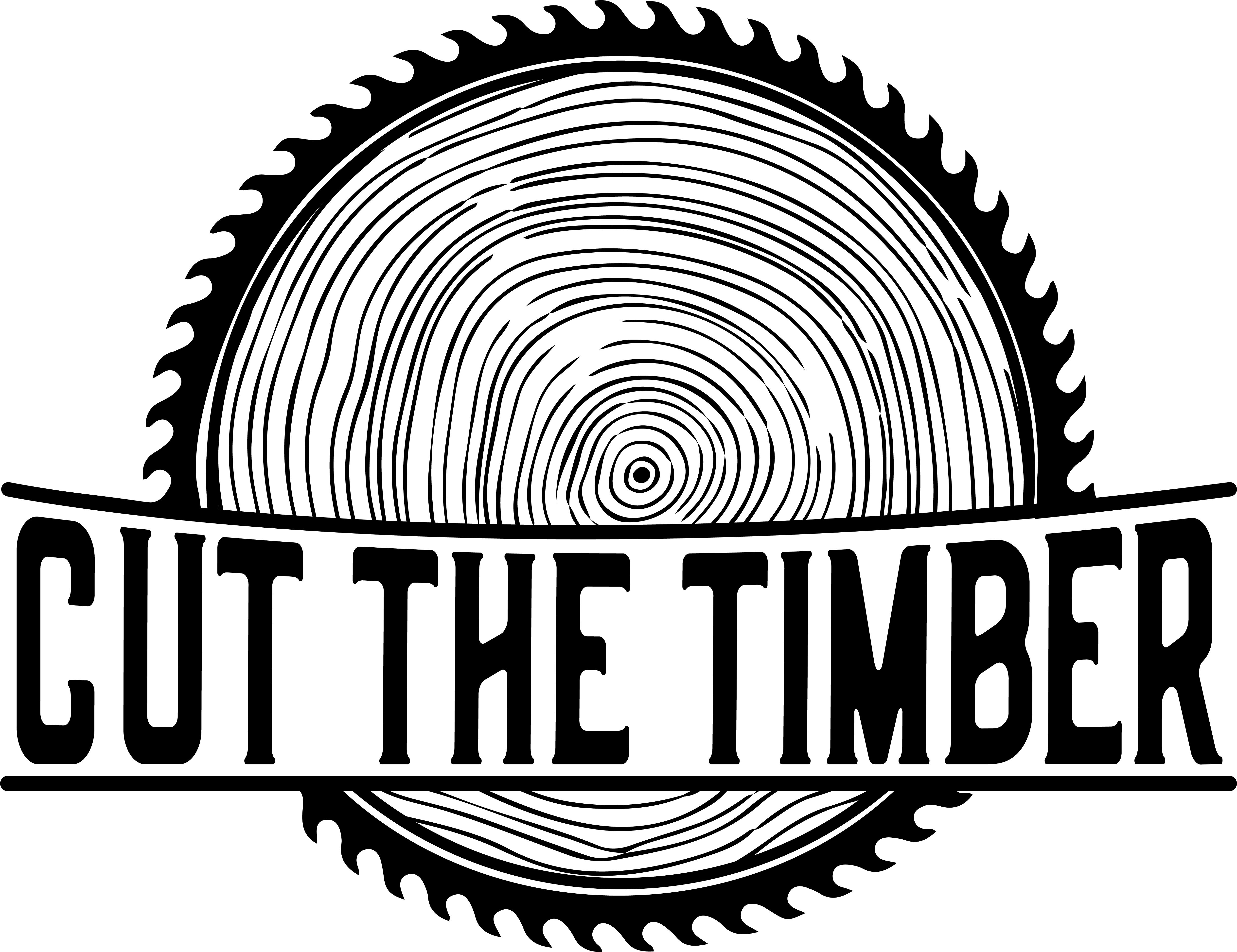Best Chainsaw Chain for Hardwood
Hardwood timber can be especially tough to cut. This timber usually comes from deciduous trees (they lose their leaves annually) like maple, oak, etc.
These types of trees are slower growing, and their wood is typically more dense than coniferous trees (evergreens). If you have decided that it’s time to use your chainsaw to cut some hardwood, you may be wondering which chainsaw chain you should be using.
For the novice, the endless options in chainsaw chains can be overwhelming. If you are trying to cut hardwood, there are few things you’ll want to consider before picking out your chainsaw chain.
In this article, we will show you how to select the best chainsaw chain for your hardwood cutting.
SAFETY FIRST
Safety is always the most important consideration when working with chainsaws. Using the correct chain for the task at hand is an essential step in ensuring your safety.
You will want to make sure your chainsaw is in working order, that your chain is properly sharpened, and that your chain tension is appropriately set.
Always do a thorough chainsaw check and fill all reservoirs and tanks before you start your project. Check the manufacturer’s guide for safety recommendations.
how to select the best chain
When you are selecting the best chainsaw chain, you will need to make sure that your chosen chain is designed for your chainsaw.
Before shopping for a chainsaw chain, you’ll need to know the length of your chainsaw bar, your chainsaw pitch, your drive link thickness, and the intended use of the chainsaw.
Most of this information can be found in your user manual. We recommend you always consult your user manual when buying chains for your chainsaw.
There are four basic chain types that can be used for cutting hardwood:
- semi-chisel,
- full-chisel,
- square-chisel,
- and low-profile.
four basic chain types
semi-chisel
Semi-chisel chains offer the benefits of being easy to file and long-lasting, though they typically take longer to cut.
Since hardwood is more demanding on your chainsaw, it can take even longer to cut it with a semi-chisel chain.
Full-chisel
Full-chisel chains are quick to cut, though they do not cut very smoothly. They are also not the most durable chain and offer a greater risk of kick-back.
These chains are great for cutting clean hardwoods because they are powerful and fast.
Square-chisel
Square-chisel chains surpass the needs of most home-owners and occasional chainsaw users.
These are considered professional chains. They are the fastest chains on the market, but they are not very durable.
They will need to be sharpened and filed frequently, which can be inconvenient. If you are not a professional, we do not recommend you use square-chisel chains.
low-profile
Low-profile chains are the most common chains on the market. Most chainsaws come equipped with low-profile chains because they are designed to be safe.
They feature the durability and reduced risk of kickback like semi-chisel chains, but they do not operate at high speeds and require frequent sharpening and filing.
Depending on the size of your project, you can get away with using any of the chain varieties listed here. Most people recommend using either a semi-chisel chain or a full-chisel chain for cutting hardwood.
If you are just cutting branches or a small tree, your needs would be met with a semi-chisel chain, which will cut at a moderate speed and will reduce kickback.
If you are looking to cut large trunks or several trees, you would benefit from the use of a full-chisel chain, which will cut hardwood faster than a semi-chisel chain.
The full-chisel chain will require more frequent sharpening and is not recommended for use in dirty conditions. If you’re planning to use a full-chisel chain, make sure you are prepared to safely sharpen your chains.
- Keep your chain in top condition and save money by sharpening your own saw
- Mounts to bench, wall or vise for easy access and stability
- Adjusts to most popular chain designs
- 4200 RPM grinding speed, 60 Hz, 85-watt, plugs into a standard 120-volt wall outlet
- Uses a 4-1/4-Inch x 1/8-Inch grinding wheel with 7/8-Inch arbor
Before purchasing a chain for your chainsaw, make sure the chain is sized for your chainsaw. You can find compatible chains, across several brands, by using this Bar and Chain Calculator.



